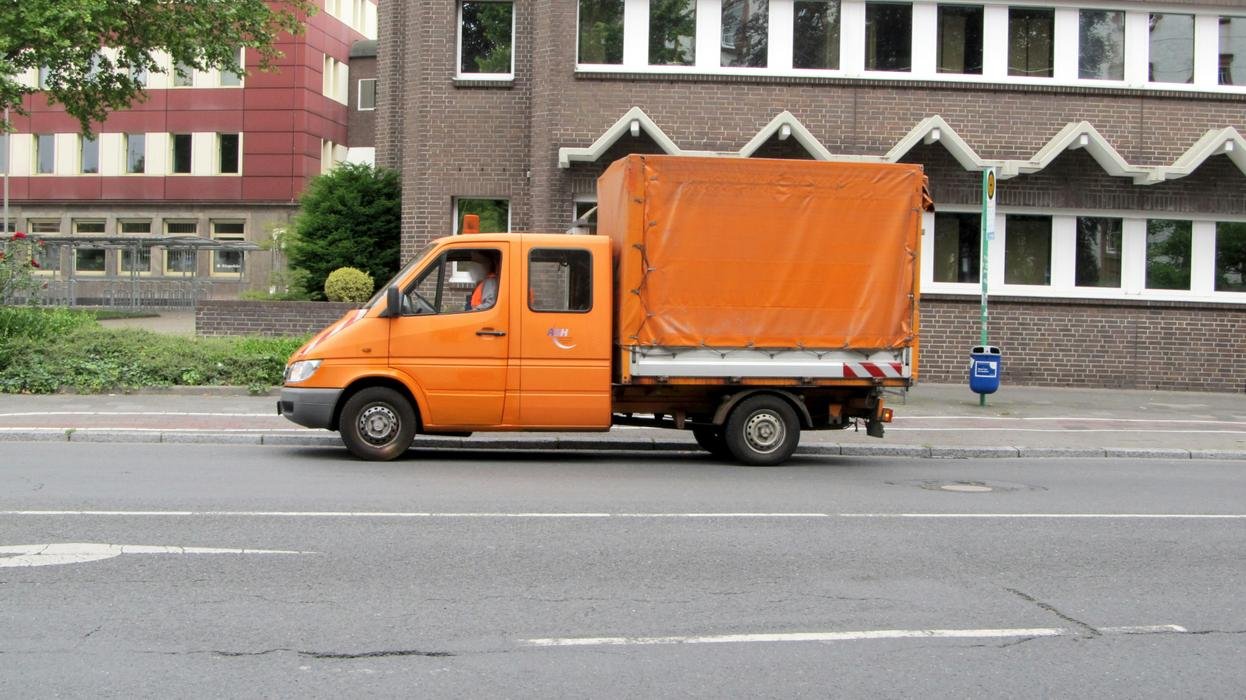How to Label Boxes for Easy Unpacking
Moving can be one of life's most stressful tasks. From sorting through belongings to coordinating logistics, the whole process can feel overwhelming. However, a well-planned approach to labeling boxes can significantly ease your unpacking journey. In this article, we will dive into how to label boxes for easy unpacking, offering practical tips to ensure a smooth transition to your new home.
The Importance of Proper Labeling
Proper labeling can make or break your unpacking experience. Think of your boxes as puzzle pieces; without the right labels, it can be challenging to find the right piece when you need it. Effective labels streamline the unpacking process, allowing you to settle into your new space faster.
Choosing the Right Labeling Method
Understanding the different labeling methods is crucial. Here are some effective ways to label your boxes:
1. Color-Coding Boxes
Color-coding is an excellent method to quickly identify the contents of each box. Assign a color to each room in your new home. For example:
- Red for the kitchen
- Blue for the living room
- Green for bedrooms
By using colored markers or stickers, you can instantly tell where the box belongs without needing to read each label.
2. Descriptive Labels
Using descriptive labels provides extra clarity. For instance, instead of simply writing “kitchen,” label a box as “kitchen – pots and pans.” This specificity not only helps during unpacking but also when searching for items you may need immediately.
3. Numbering System
A numbering system can help keep track of all your boxes. Label them as "Box 1," "Box 2," and so forth. Create an inventory checklist in a notebook or on your phone detailing what each numbered box contains. This method is especially useful if you have many boxes.
Tools for Effective Labeling
The right tools can make all the difference. Here are some recommended options:
1. Permanent Markers
Invest in high-quality permanent markers that can write on cardboard surfaces. Choose different colors to match your color-coding system.
2. Labeling Tape
Labeling tape is a great option for those who prefer a polished look. You can print labels at home and stick them onto your boxes, ensuring they are clear and legible.
3. Labels or Stickers
Pre-made labels or stickers with space for writing can also be very handy. These are often available at office supply stores and come in various sizes.
Best Practices for Labeling Boxes
Now that you know the different methods and tools for labeling boxes, let’s go over some best practices:
1. Label Each Side of the Box
Remember to label each side, not just the top. This way, whether the box is stacked or positioned on its side, you'll always have a clear view of its contents.
2. Use Large, Clear Text
Write in large, bold letters that are easy to read from a distance. Clarity is key. Avoid complicated abbreviations that may confuse you later.
3. Include Special Instructions
If any box contains fragile items or needs particular attention, include that information on the label. Phrases like “Fragile – Handle with Care” or “This Side Up” can prevent potential disasters.
Organizing Your Unpacking Process
Labeling boxes is only part of the equation; the way you approach unpacking matters too. Here are strategies for organizing your unpacking:
1. Start with Essentials
Begin with boxes that contain essential items, such as toiletries or kitchen supplies. This will help you establish a livable environment more quickly.
2. Unpack Room by Room
Focus on one room at a time instead of tackling the entire house simultaneously. This approach prevents overwhelm and helps you see progress more clearly.
3. Take Breaks
Don’t forget to give yourself breaks during the unpacking process. Moving is hard work, and pacing yourself can reduce stress and make the experience more enjoyable.
Common Mistakes in Labeling Boxes
Understanding common mistakes can improve your own labeling strategy. Here are a few to watch out for:
1. Being Too Vague
Avoid vague labels like “miscellaneous” or “stuff.” They can lead to confusion when you need to find specific items later.
2. Forgetting to Update Labels
If you repack boxes or change their contents, ensure you update labels accordingly. This avoids wasting time searching for items that are no longer in that box.
3. Not Keeping an Inventory
A checklist is your best friend. Failing to keep an inventory of what’s in each box can lead to frustration and lost items. Make it a habit to document contents and box numbers.
How to Label Boxes for Easy Unpacking – Summary
In summary, knowing how to label boxes for easy unpacking can significantly enhance your moving experience. By utilizing methods like color-coding, descriptive labeling, and a numbering system, you're well on your way to a streamlined unpacking process. Remember to use the right tools and implement best practices to prevent common mistakes.
With these strategies in place, you'll settle into your new home more efficiently, making your move less stressful and more organized.
FAQ Section
1. How can I label boxes for easy unpacking?
To label boxes effectively, consider color-coding, using descriptive labels, and maintaining a numbering system. This organization will help streamline your unpacking process.
2. Why is it important to label boxes when moving?
Proper labeling alleviates stress during the unpacking stage, making it easier to find necessary items and know where to place each box in your new home.
3. What tools should I use for labeling boxes?
Use permanent markers, labeling tape, and stickers to create clear and durable labels for your boxes.
4. Should I label each side of the box?
Yes, labeling each side ensures you can identify its contents no matter how it's positioned during the move.
5. How can I organize my unpacking process?
Start by unpacking essential items, tackle one room at a time, and take breaks as needed. This strategy will help you manage your time and stress effectively.
With these tips, you are armed with the knowledge and strategies necessary to label boxes efficiently, leading to a successful and stress-free moving experience.












No Comments
Sorry, the comment form is closed at this time.